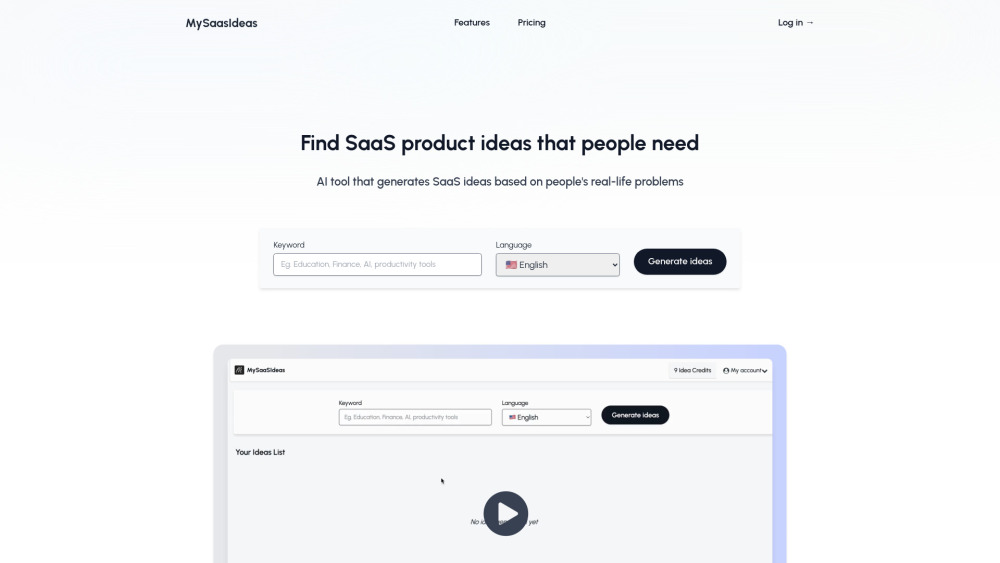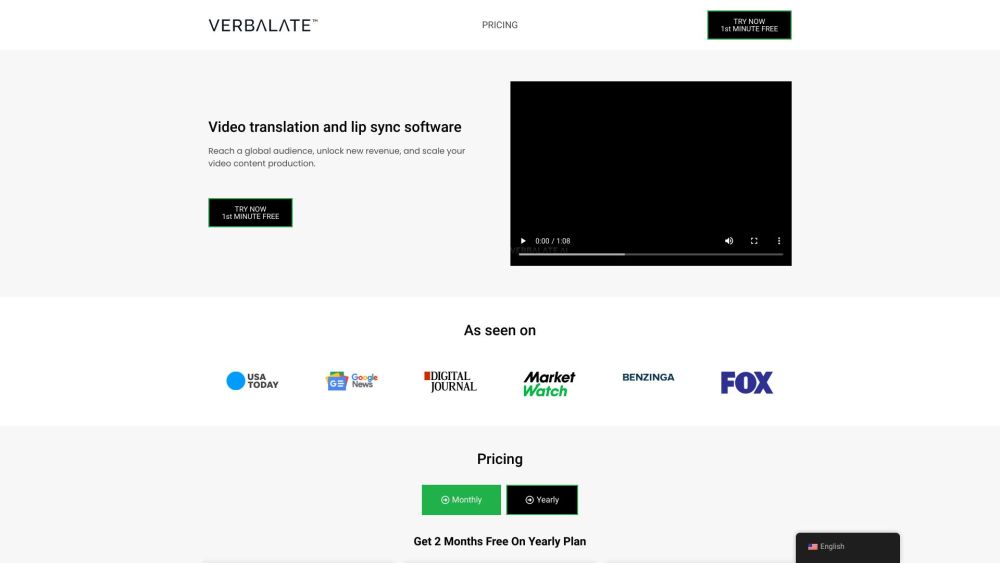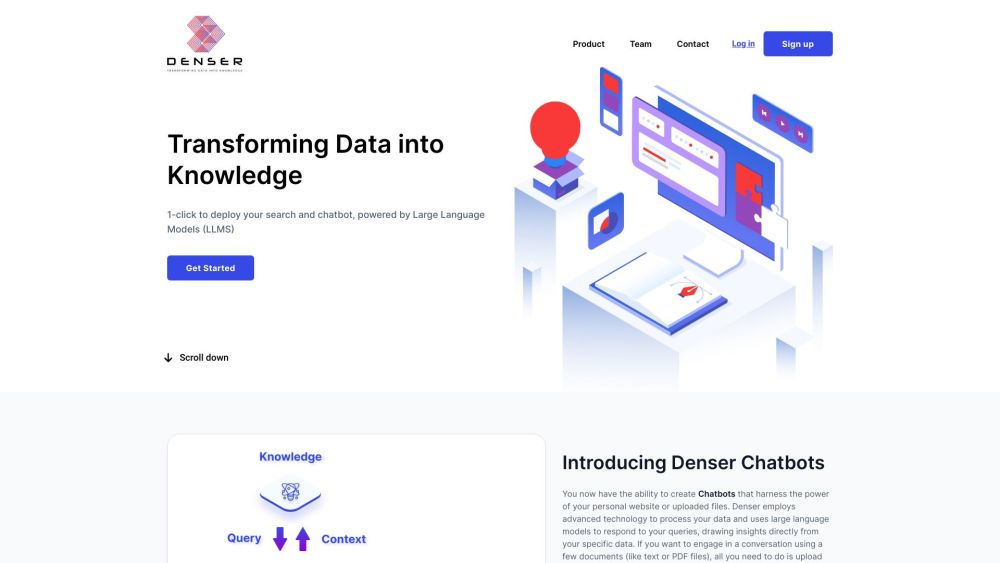When OpenAI launched ChatGPT a year ago, the concept of an AI-driven personal assistant was revolutionary for many. While traditional chatbots offered programmed responses, the idea that an AI could engage in meaningful conversations and assist with diverse tasks—like creating travel itineraries, simplifying complex topics, or drafting articles—was groundbreaking.
Fast forward to today: despite various controversies—such as Italy's brief ban and Sam Altman's departure and return—ChatGPT remains the preferred AI assistant for millions. Available on both web and mobile platforms, it has facilitated billions of interactions. According to SimilarWeb, in October 2023 alone, ChatGPT recorded nearly 1.7 billion visits, with 193 million unique users spending an average of eight minutes per session—far surpassing engagement levels seen with services like Zoom and Google Meet.
Beyond its immediate impact, ChatGPT has spurred growth in the broader AI ecosystem. Its launch ignited widespread interest in generative AI, leading to the emergence of numerous consumer-focused tools for crafting text, music, videos, and code. Various offerings, like GitHub Copilot and Perplexity AI, utilize iterations of the GPT model that powers ChatGPT, while many startups and enterprises have adopted OpenAI APIs to develop custom applications, enhancing specific tasks such as data analysis.
The AI landscape has become more competitive, with major players launching their own proprietary large language models (LLMs). Although these newcomers may not yet match ChatGPT's popularity, they have significantly diversified the market, ensuring that OpenAI's assistant is not alone in this rapidly evolving field.
The Rise of Conversational AI Assistants
Following OpenAI's lead, Anthropic and Google quickly introduced their conversational assistants, Claude and Bard, respectively. Anthropic, founded by former OpenAI employees, prioritizes safety and ethical guidelines, creating a "constitutional AI" that learns from feedback. Bard, developed on Google's Pathways Language Model 2, integrates with Google search to deliver nuanced answers backed by context and sources. Both are recognized as formidable competitors to ChatGPT.
Additional innovative chatbots have since emerged. Inflection AI's Pi assistant aims to foster a more personal, conversational experience, while Corhere’s Coral focuses on enterprise applications. Meta Platforms' open-source Llama 2 has inspired various developments, and Reka's Yasa-1 can process words, images, audio, and short videos. Elon Musk's xAI also introduced Grok, known for its humor and use of real-time X data.
As these assistants evolve, their capabilities and limitations are subject to rapid change. A year ago, ChatGPT was primarily text-based; today, it supports voice commands and image inputs, even responding in a voice similar to Alexa.
Market-Specific AI Assistants
In addition to mainstream options, several specialized AI assistants are tailored for specific markets and industries. Notable examples include South Korea’s Naver with HyperClovaX, China’s Ernie and DeepSeek chatbots, as well as Poro and Nucleus, the latter designed for agriculture. India’s Reliance Industries is also developing a generative AI assistant that caters to the country's diverse dialects, utilizing Nvidia's computing infrastructure.
With numerous players advancing conversational AI and many others preparing to launch, the competition remains fierce. As models improve and chatbots become more adept at providing relevant responses with minimal inaccuracies, the field will likely see further convergence.
On its first anniversary, ChatGPT retains its position as a market leader in AI. The upcoming years will reveal how it adapts and strives toward a safe and responsible AGI. According to Precedence Research, the global conversational AI market is projected to grow nearly 24% and exceed $86 billion by 2032. Will LLMs become ubiquitous, with each industry or company developing its own version? Only time will tell—stay tuned for the developments over the next year.





